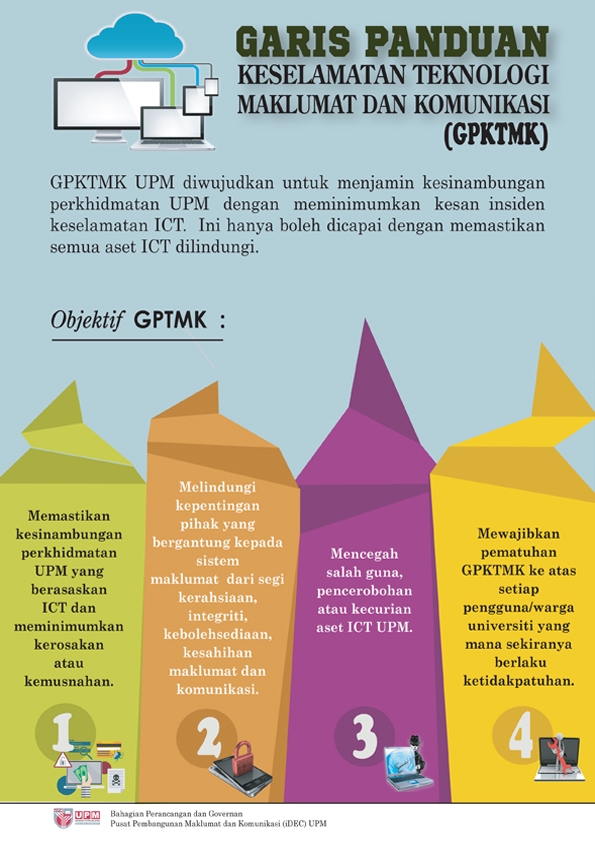April, Merambong seagrass bed playground for marine life article by Prof. Dr. Muta Harah Zakaria in The Star News
Dugong, seahorse among species thriving at growing site, dispelling fear of nearby development’s impact
MEASURING 26.3ha between Johor and Singapore and located along the Johor Straits near Gelang Patah, the Merambong shoal seagrass bed is the largest in Peninsular Malaysia. Universiti Putra Malaysia’s (UPM) Faculty of Agriculture lecturer Prof Dr Muta Harah Zakaria said the healthy seagrass was an indicator that marine life in the area was thriving.
“This is a very exciting development for researchers such as myself and environmentalists because the Merambong shoal seagrass bed is thriving even with the development taking place at Forest City, which is just a stone’s throw away.
“The Merambong shoal does not only have thriving seagrass, but it is also home to various flora and fauna of its own, and other marine lifeforms. "There are about 17 species of seagrass identified all around Malaysian waters, and 12 of those species can be found right here in the Merambong shoal, which is unique,†she told StarMetro.
Prof Muta Harah said among the species of seagrass found at the site were Enhalus acoroides, Thalassia hemprichii, Halophila major, Halophila minor, Halophila ovalis, Halophila spinulosa, Halophila decipiens, Halodule pinifolia, Halodule uninervis, Cymodecea serrulata, Halophila beccarii and Halophila nipponica. This was not the case in 2015 when she and her team of researchers from UPM started their research into the seagrass bed and the number of marine life there.
The seagrass bed was only 15ha then when the Forest City project started, the professor noted. She said her team was grateful to Country Garden Pacific View (CGPV), the developer of Forest City, for wanting to ensure there was an ecosystem balance between infrastructure development and environmental sustainability at the project site.
Based on such commitment, Prof Muta Harah said both parties established a strategic partnership in preserving and conserving the seagrass ecosystem. “It is true that initially this shoal area was affected and this worried the local fishermen as there were less marine lifeforms.
“But through the CGPV and UPM collaboration, we succeeded in restoring the volume and area of the Merambong shoal in phases from 2015 until now. “Based on our efforts and study, the seagrass can expand even further,†said Prof Muta Harah.
After almost 10 years of research and cultivation, there are over 100 marine species now, she highlighted. She said the research team took samples back to the laboratory from the Merambong shoal.
“When we found the seagrass seed can grow, we carried out replanting at some of the areas within the shoal,†she said. She added that the seagrass roots could extend as deep as three metres. Prof Muta Harah, who is project leader, said among the sea creatures that made the area their habitat were dugong, starfish, sea cucumber, spotted seahorse and various species of fish.
“Having the dugong present in the Merambong shoal is something that gives us great hope as it is a protected species. “When it is high tide, the mammal will swim into the area and eat the seagrass.
“During low tide, we can actually see the dugong’s feeding trails within the seagrass area,†she elaborated. Prof Muta Harah said this showed how important it was to safeguard seagrass as it was home to marine life. She said seagrass played a vital role as it stabilised the substrate, providing a habitat and nursery for fish and many invertebrates, as well as being the primary food source for fish, dugong and sea turtles.
“Seagrass also exports nutrients to nearby ecosystems as it interacts with coral reefs and mangroves. “It acts as a water filter for the sea and a playground or even a ‘preschool’ for young marine life such as seahorses, crabs and fish,†she added.
Prof Muta Harah said the seagrass was also a flowering plant with a vascular system, producing flowers, fruits and seeds. The difference between seagrass and seaweed, she said, was that seagrass was leafy compared to seaweed that had an erect stem and roots to hold on to the seafloor.
“Seagrass also possesses four unique characteristics including adapting to life in a saline medium and can grow when fully submerged. “It has an anchoring system that can withstand wave action and tidal currents and has the capacity for a hydrophilous pollination mechanism for propagation in the marine environment,†she explained.
Prof Muta Harah said UPM’s collaboration with CGPV would continue. She added that the existence of Forest City and the Merambong shoal proved that development of modern infrastructure and environmental sustainability could be carried out in a balanced and simultaneous manner.













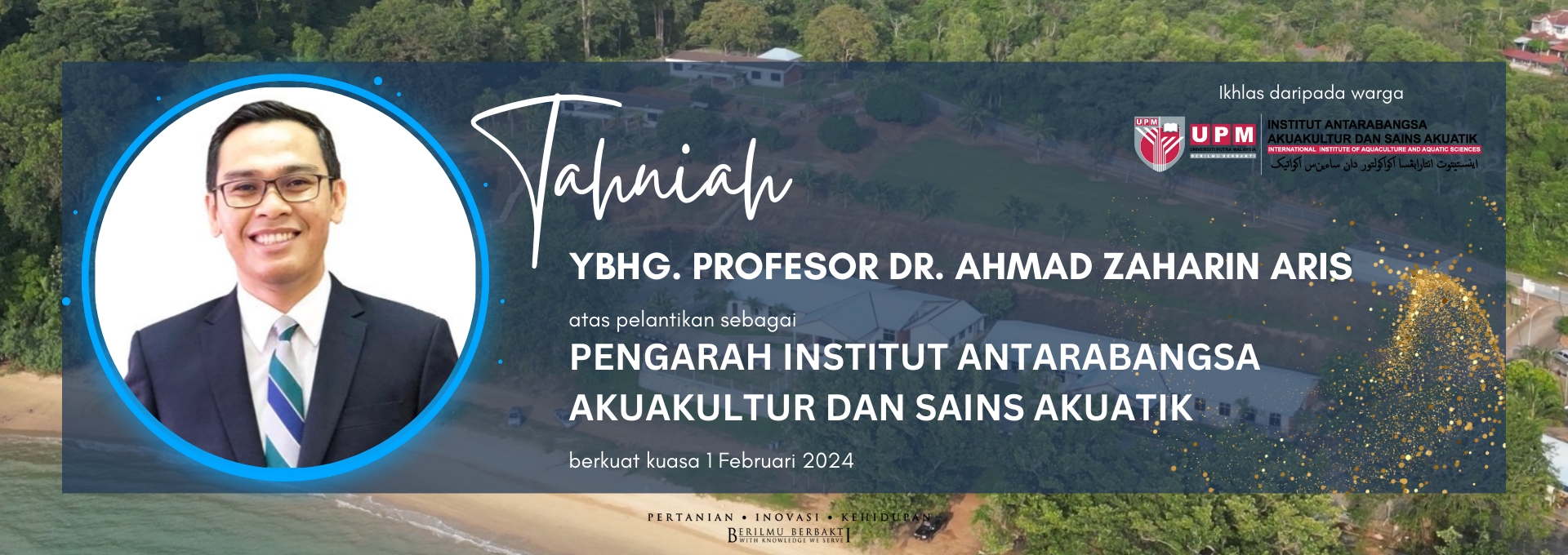
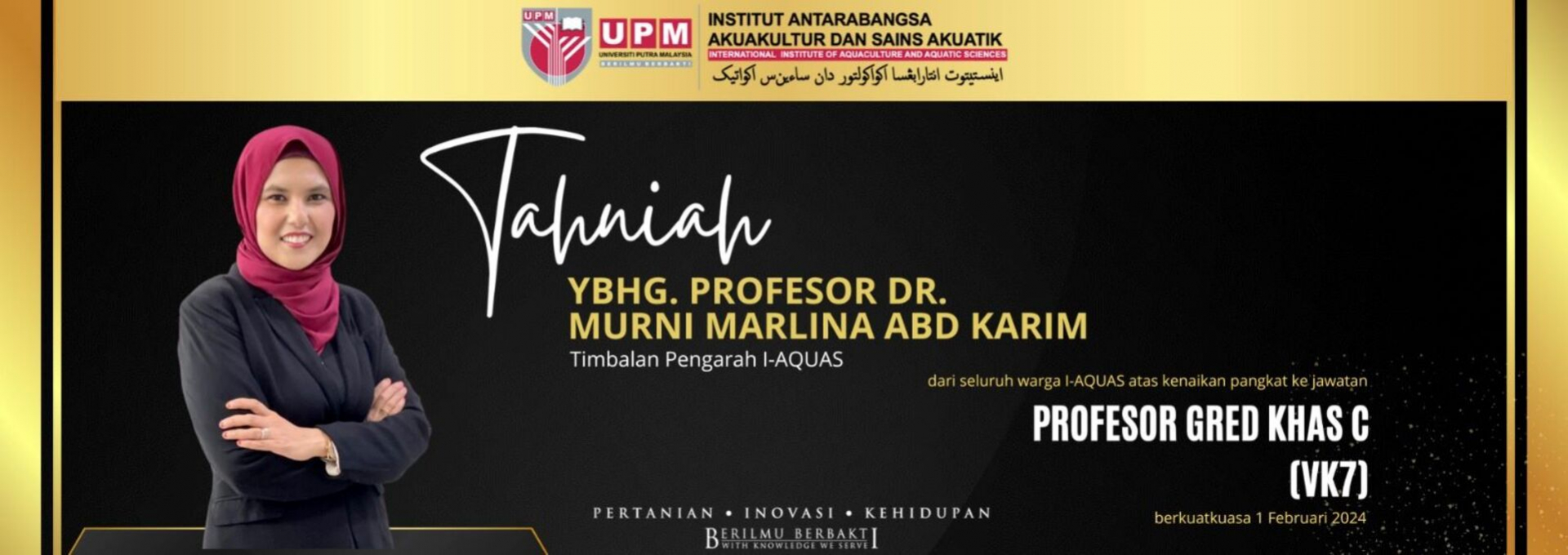
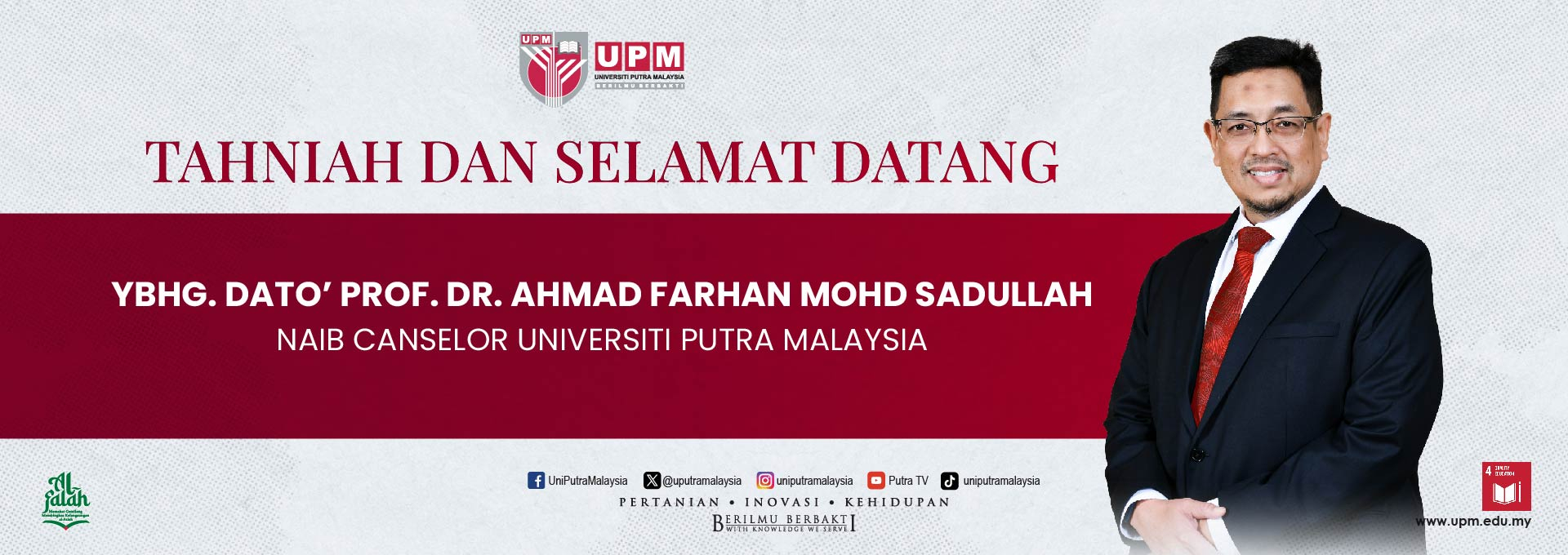
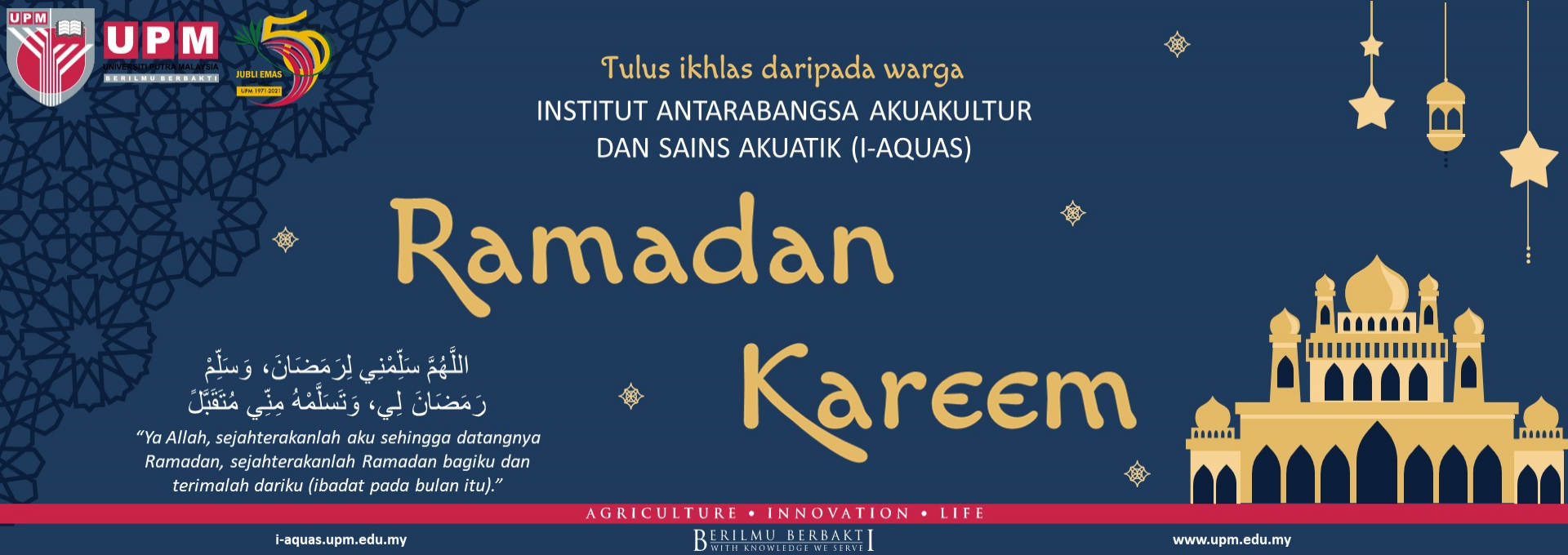
.png)
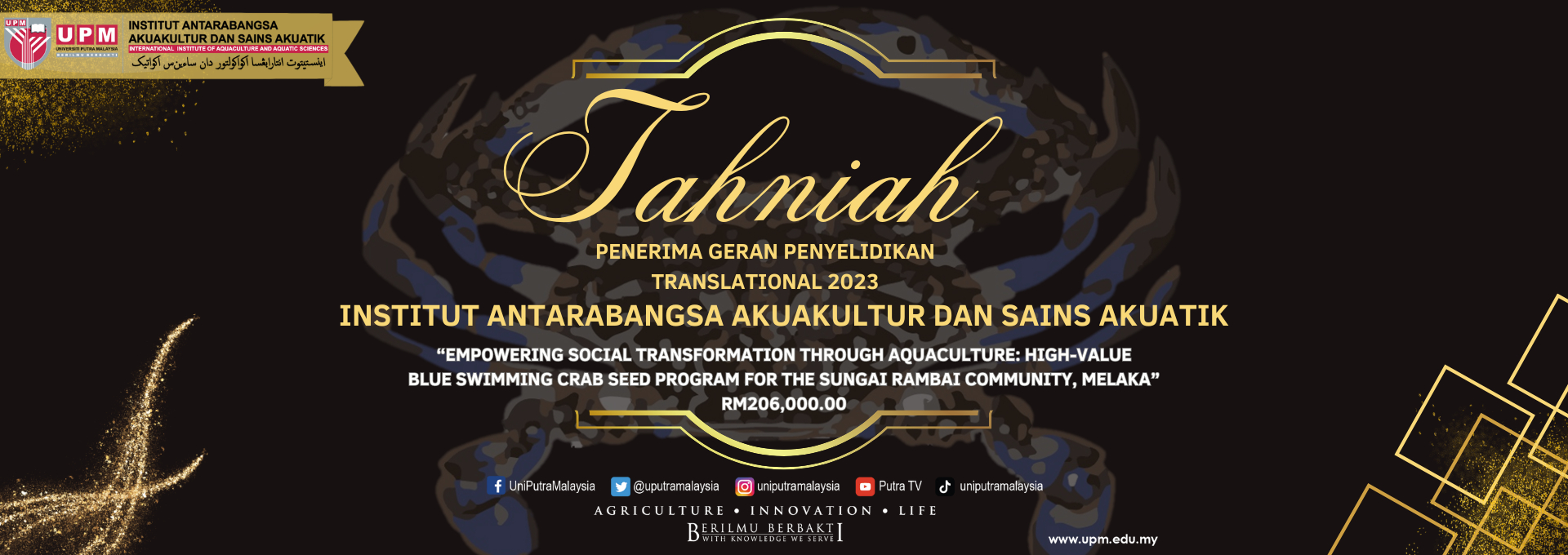
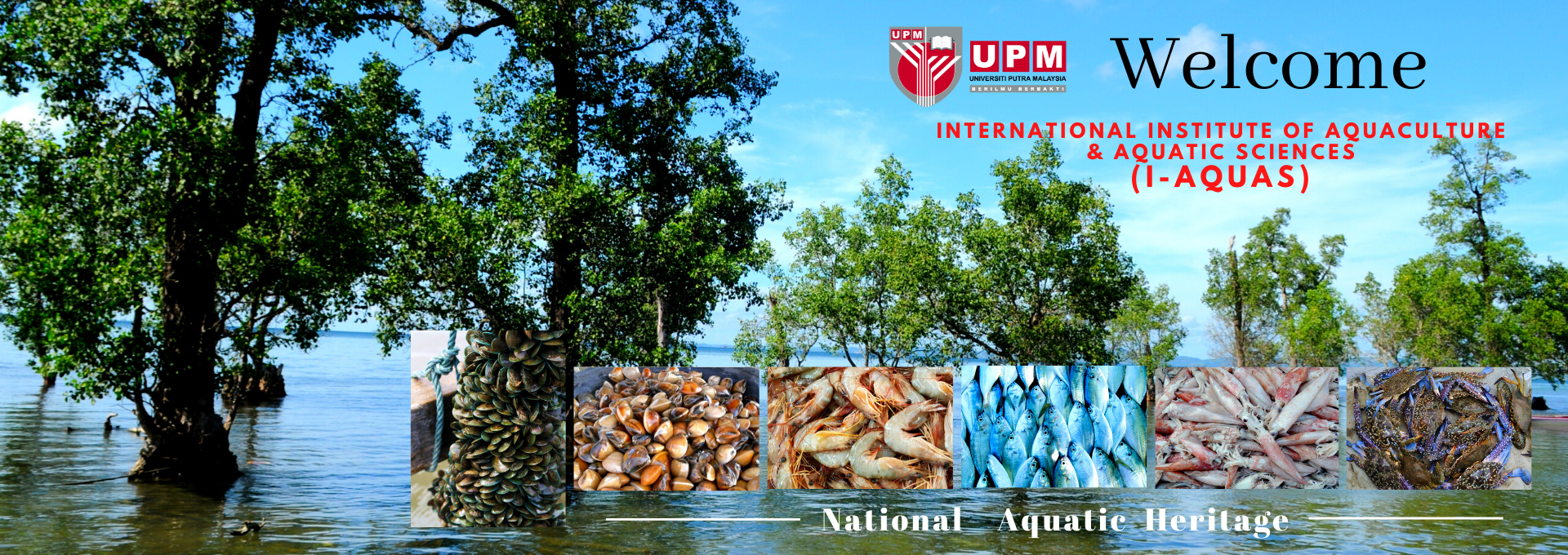
.png)
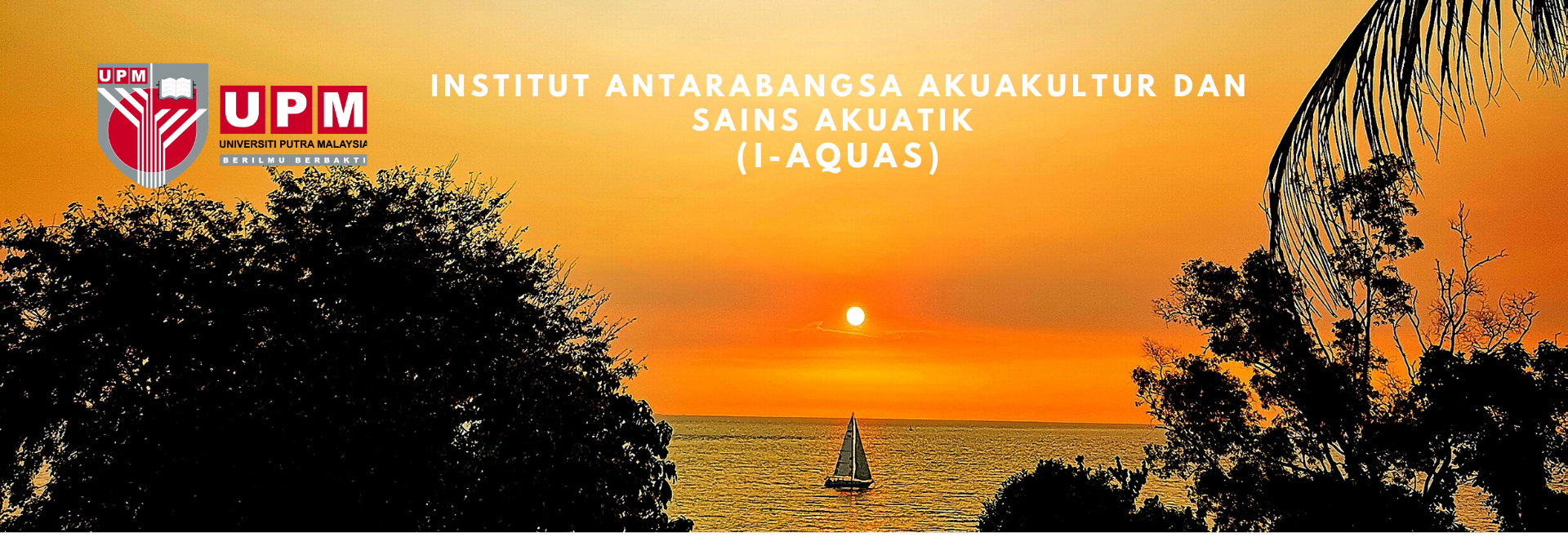


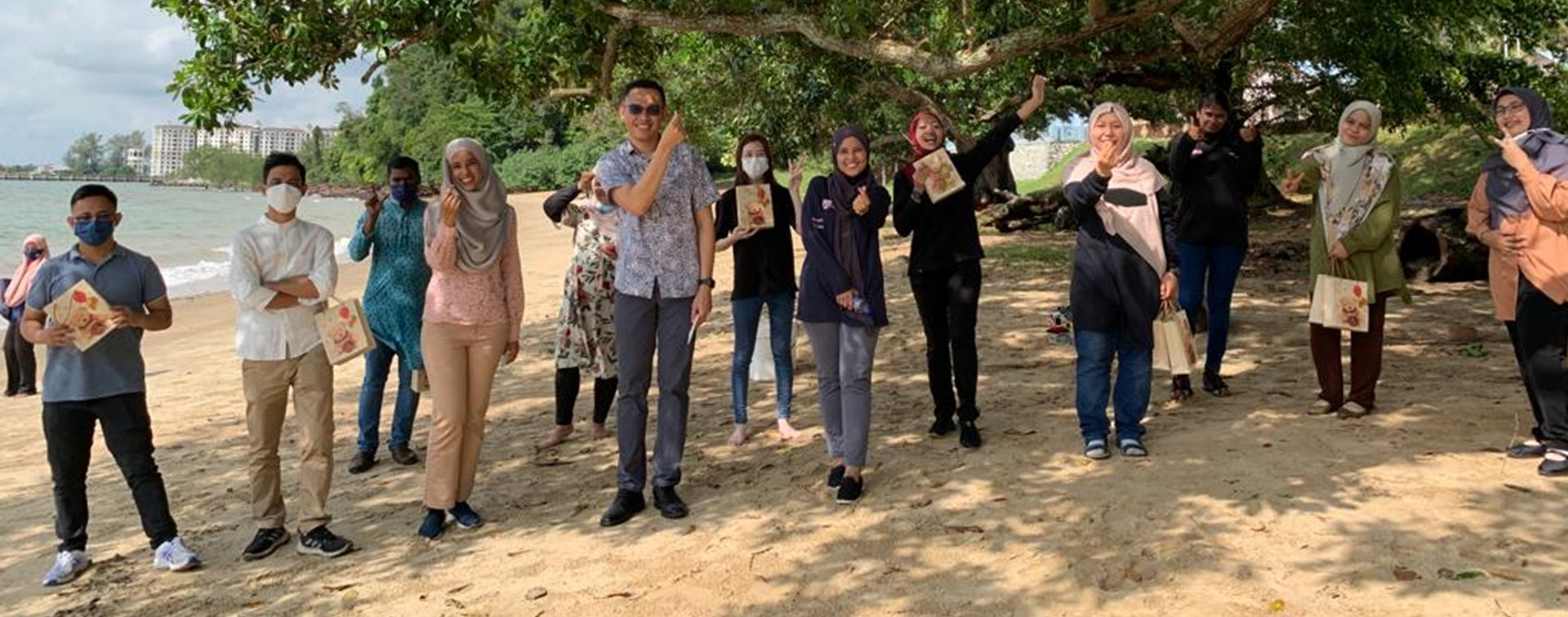
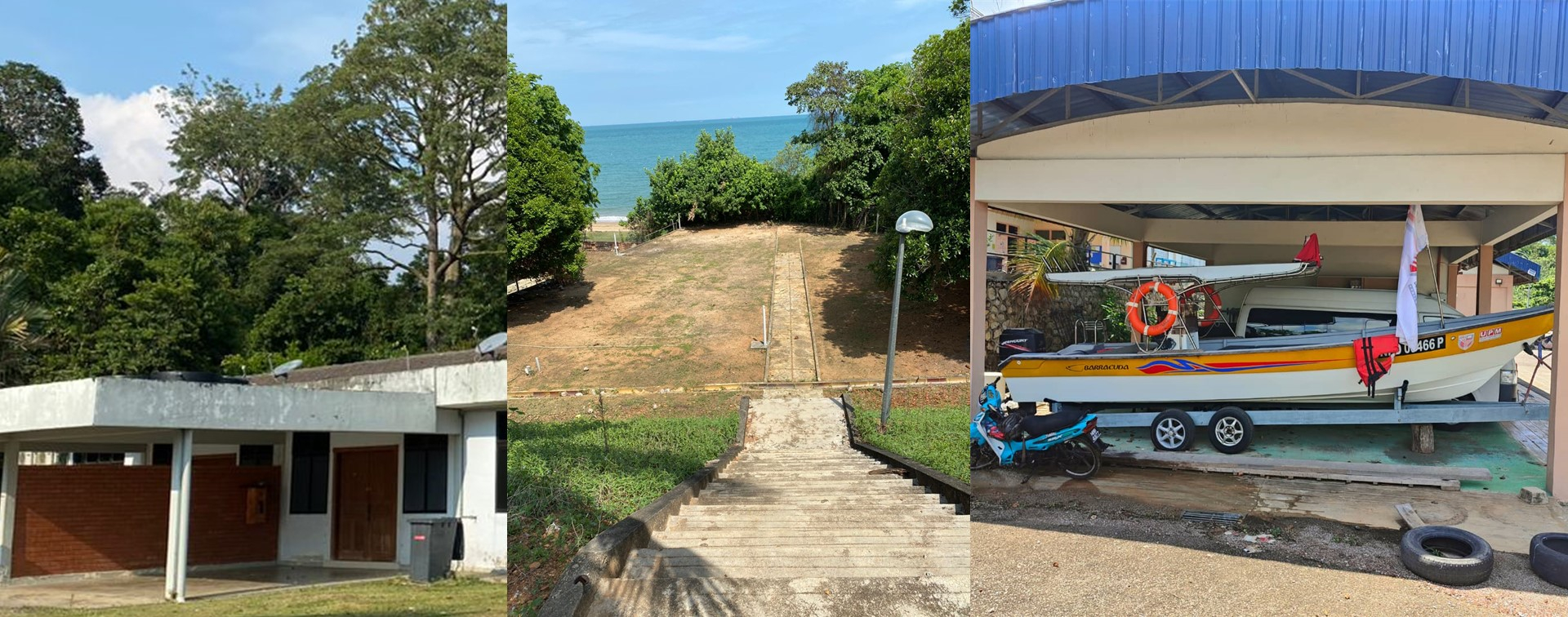

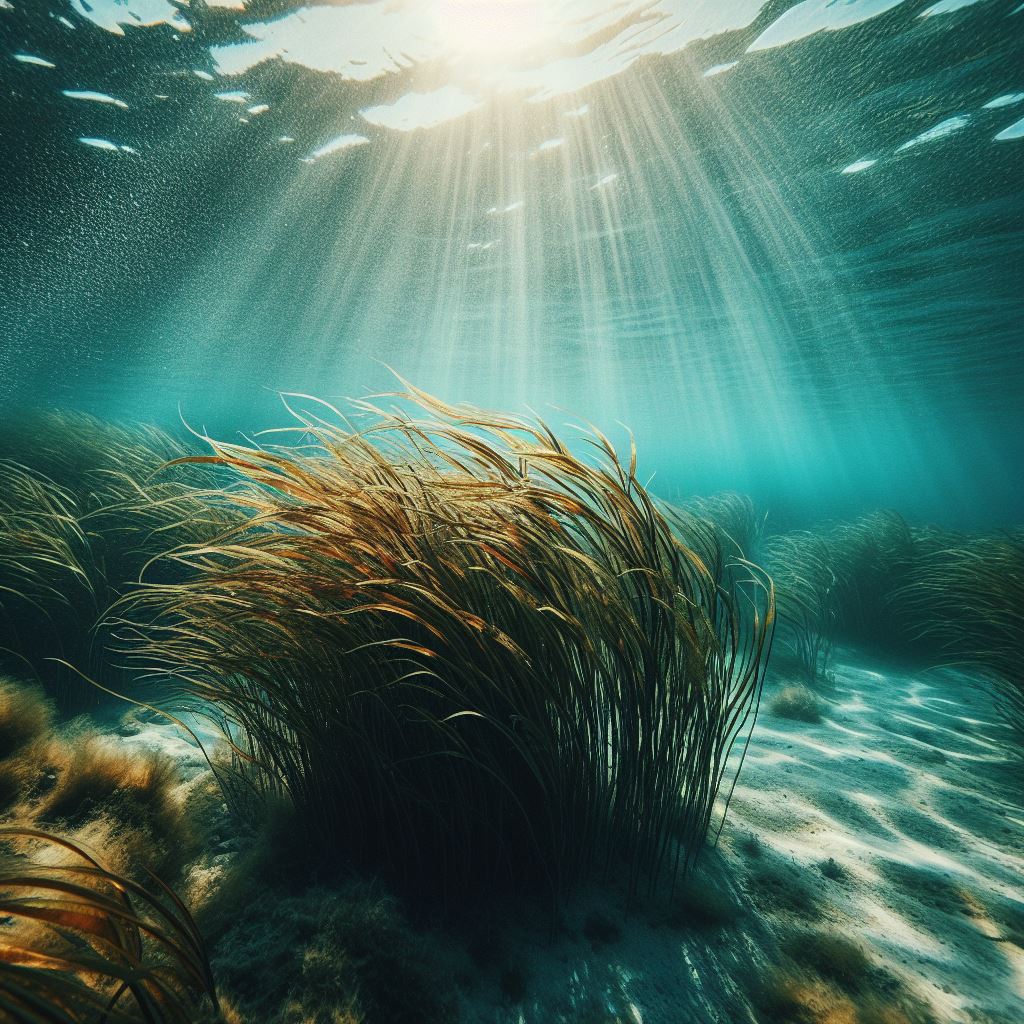
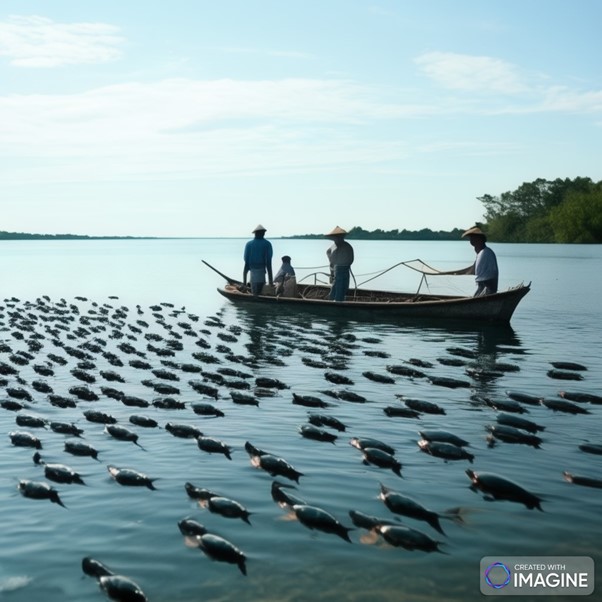
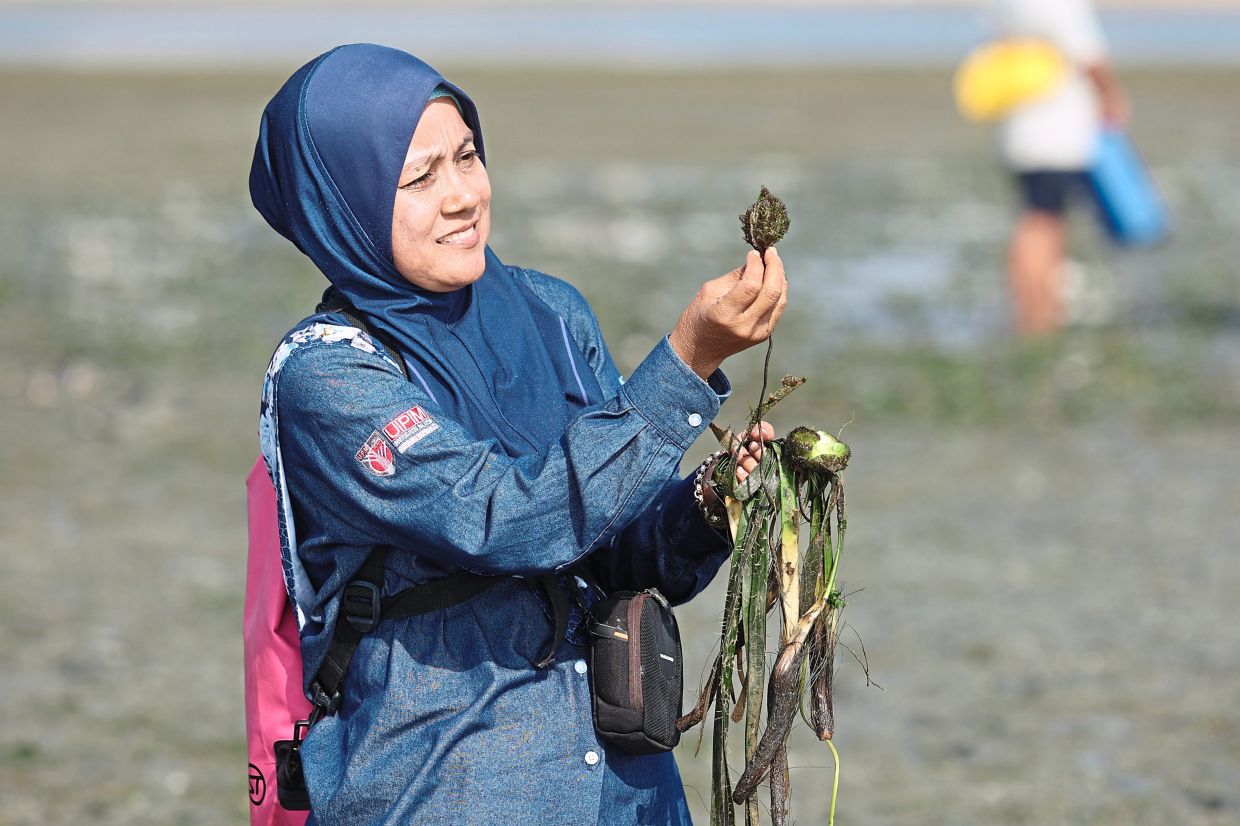
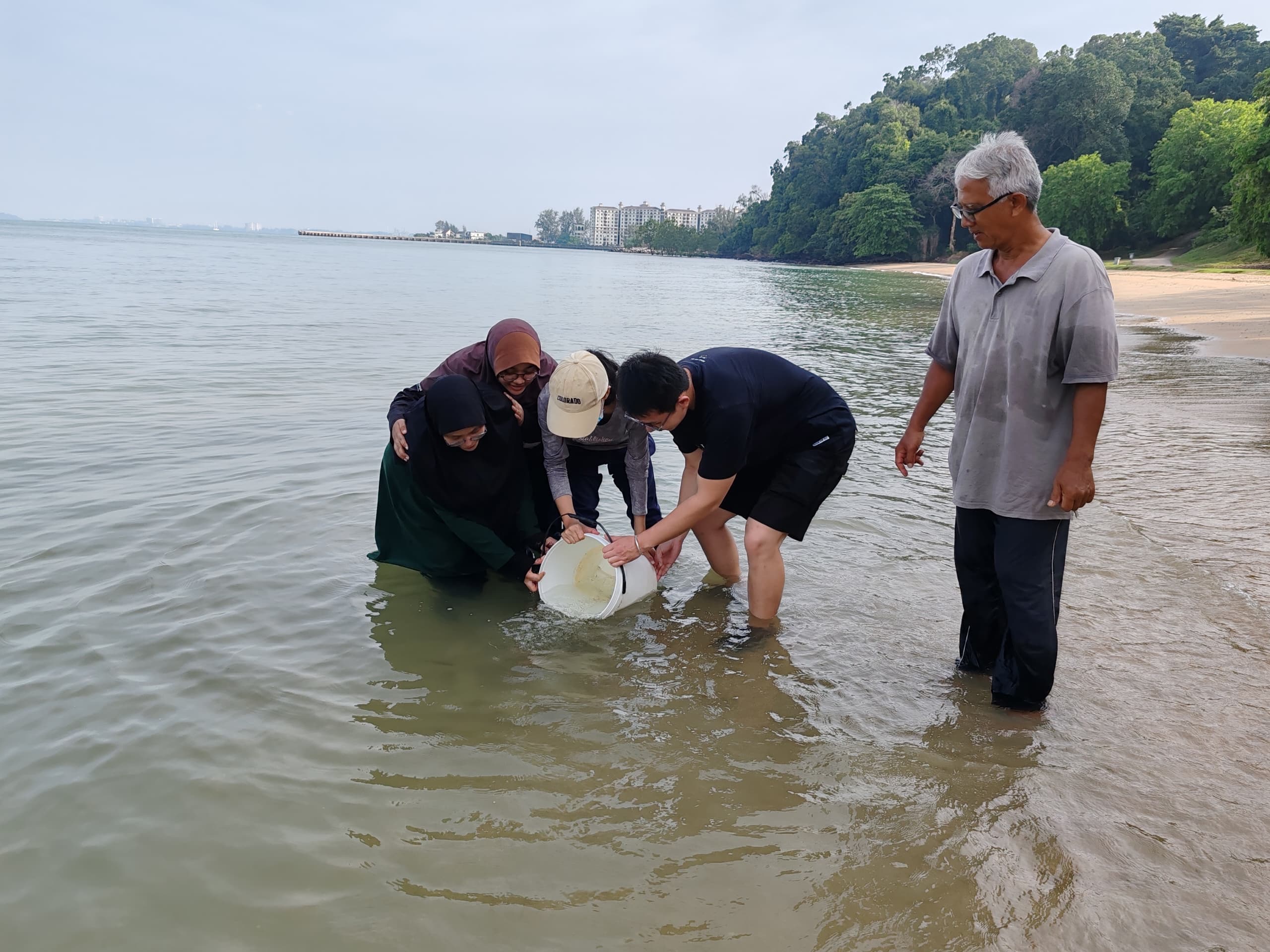
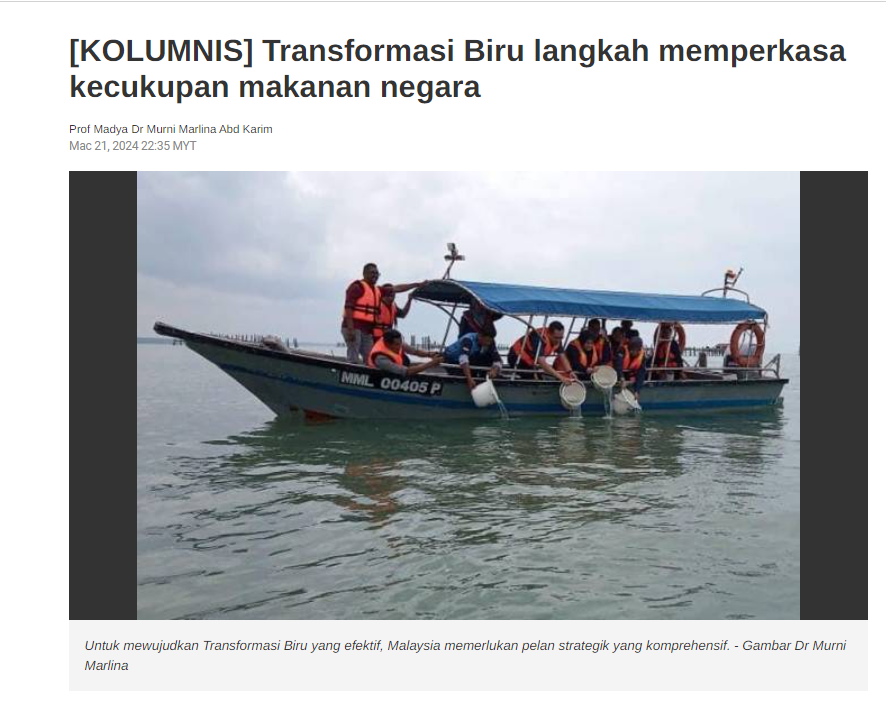

.jpeg)
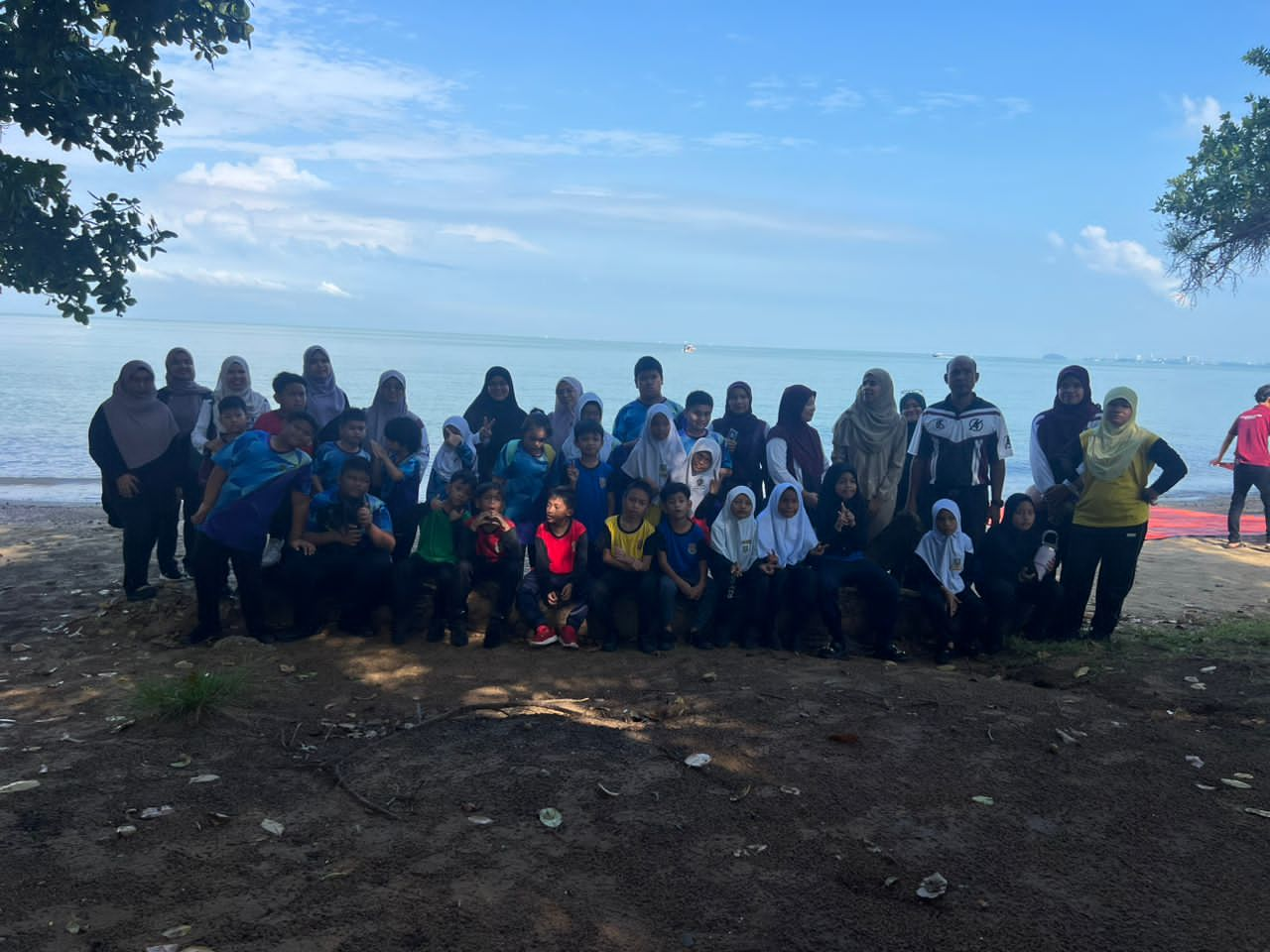
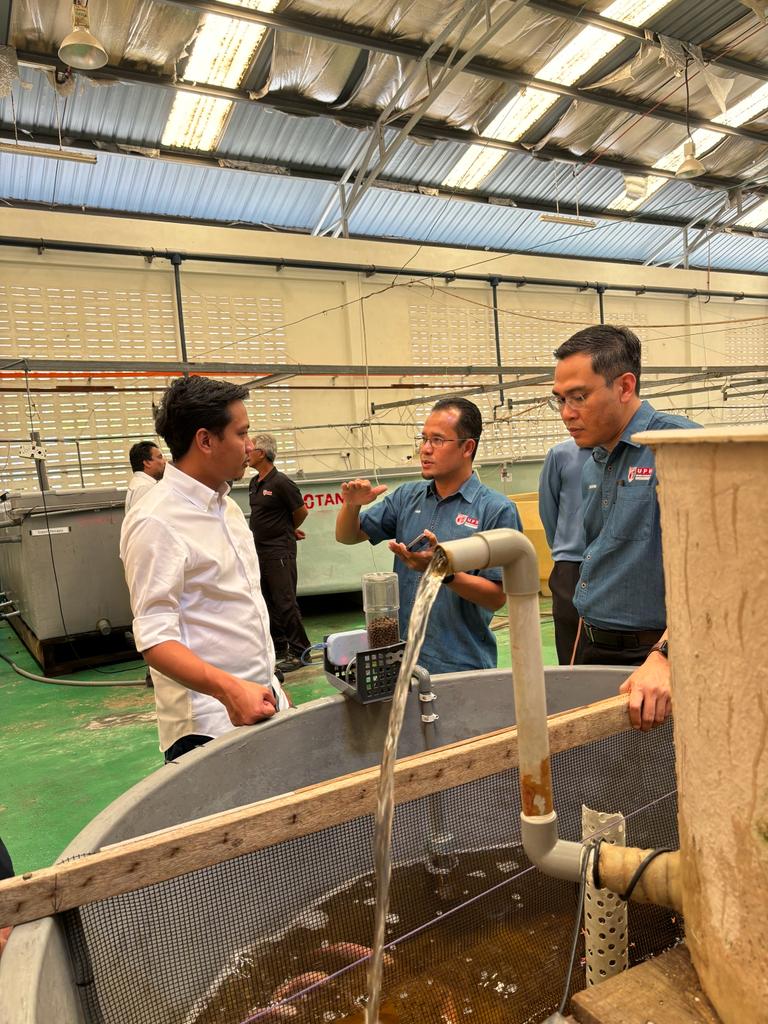
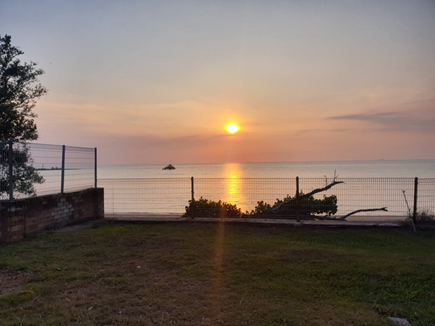

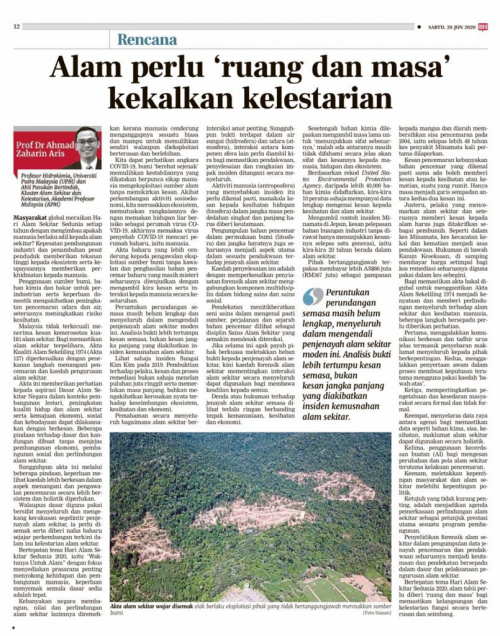






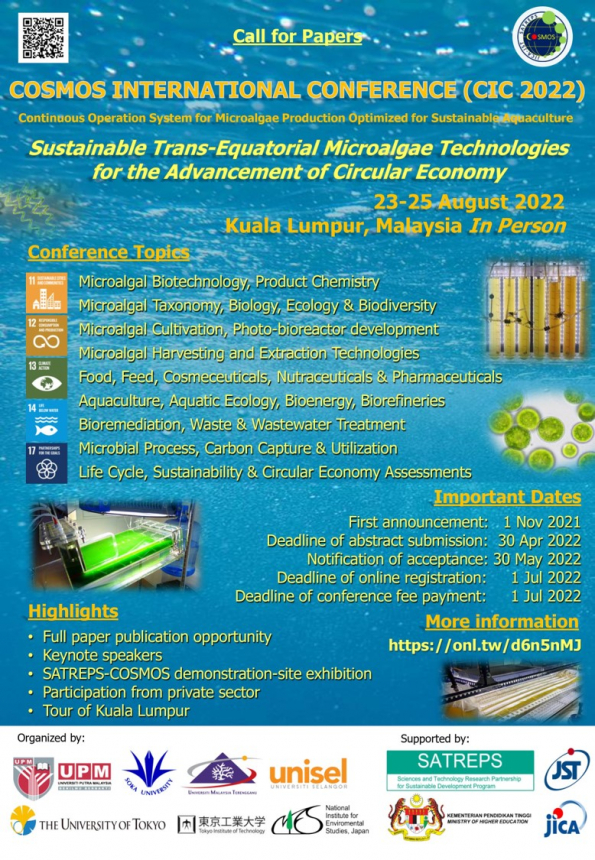
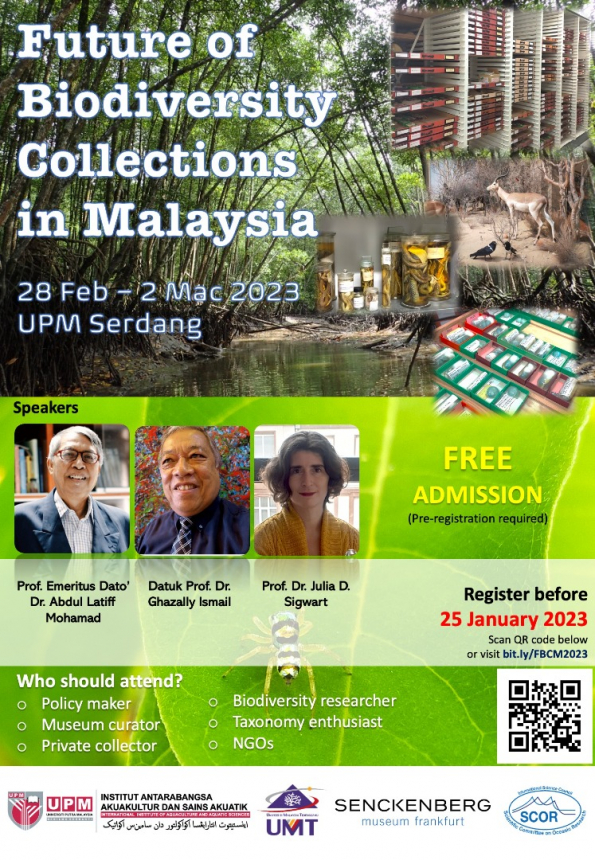
.png)
